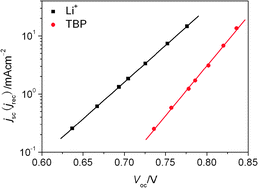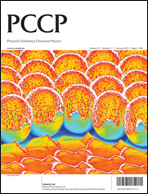Coupled analysis of steady-state and dynamic characteristics of dye-sensitized solar cells for determination of conduction band movement and recombination parameters†
Abstract
A new research strategy for determining the conduction band movement of TiO2 films and charge recombination between electrons in the TiO2 film and


 Please wait while we load your content...
Please wait while we load your content...